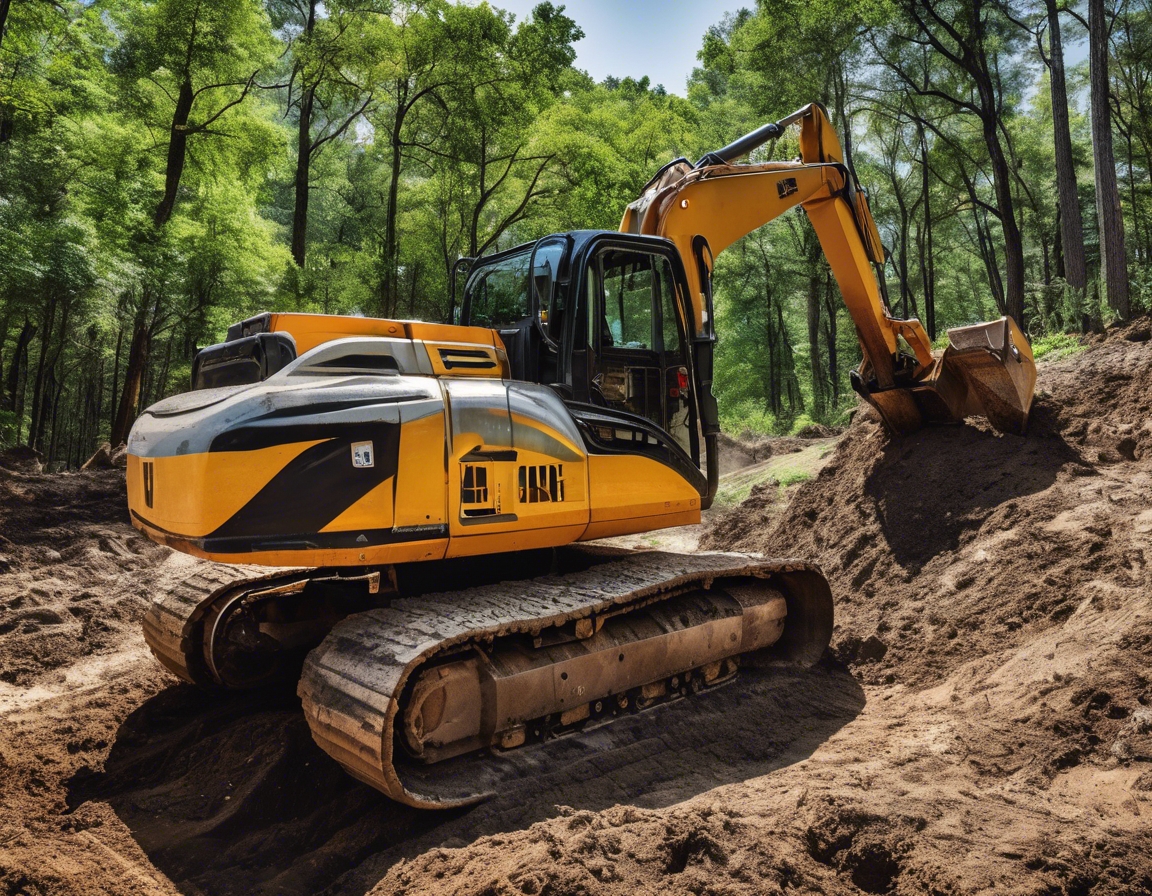Innovations in road construction and maintenance
Road construction and maintenance are critical components of infrastructure development, ensuring connectivity and economic growth. As urbanization and population growth continue to rise, the demand for efficient and sustainable road networks has never been greater. This blog explores the latest innovations in road construction and maintenance, highlighting how these advancements are transforming the industry.
2. Emerging Technologies in Road Construction
One of the most significant innovations in road construction is the development of advanced materials. These materials, such as self-healing asphalt and high-performance concrete, offer enhanced durability and longevity, reducing the need for frequent repairs and maintenance. Self-healing asphalt, for instance, contains microcapsules that release a healing agent when cracks form, automatically repairing the damage.
Automation and robotics are revolutionizing road construction by increasing efficiency and precision. Automated machinery, such as robotic pavers and autonomous vehicles, can perform tasks with minimal human intervention, reducing labor costs and improving safety. These technologies also enable construction companies to complete projects faster and with higher accuracy.
Smart road technologies integrate sensors and communication systems into road infrastructure, providing real-time data on traffic conditions, weather, and road surface quality. These technologies enhance road safety and efficiency by enabling dynamic traffic management and timely maintenance interventions.
3. Sustainable Practices in Road Construction
Sustainability is a key focus in modern road construction, with an emphasis on recycling and reusing materials. Techniques such as cold in-place recycling and full-depth reclamation allow for the reuse of existing road materials, reducing waste and conserving natural resources.
Eco-friendly construction techniques, such as permeable pavements and green infrastructure, are gaining popularity. These methods help manage stormwater, reduce urban heat, and improve air quality, contributing to more sustainable urban environments.
4. Innovations in Road Maintenance
Predictive maintenance technologies use data analytics and machine learning to anticipate road maintenance needs before issues arise. By analyzing data from sensors and historical maintenance records, these technologies can predict when and where maintenance is required, optimizing resource allocation and minimizing disruptions.
Drones and sensors are increasingly used in road maintenance for inspection and monitoring purposes. Drones can quickly survey large areas, capturing high-resolution images and data that help identify potential issues. Sensors embedded in road surfaces provide continuous monitoring, alerting maintenance teams to changes in road conditions.
5. The Role of Data and Analytics in Road Construction and Maintenance
Big data analytics plays a crucial role in optimizing road construction and maintenance processes. By analyzing vast amounts of data, construction companies can make informed decisions, improve project planning, and enhance operational efficiency.
Geographic Information Systems (GIS) are essential tools for road construction and maintenance, providing detailed spatial data and analysis. GIS enables better planning and management of road networks, helping to identify optimal routes and assess environmental impacts.
6. Challenges and Future Directions
Despite the advancements in road construction and maintenance, challenges remain. Issues such as funding constraints, regulatory hurdles, and the need for skilled labor continue to impact the industry. However, the future holds promise as technology continues to evolve, offering new solutions to these challenges.






Comments (0)